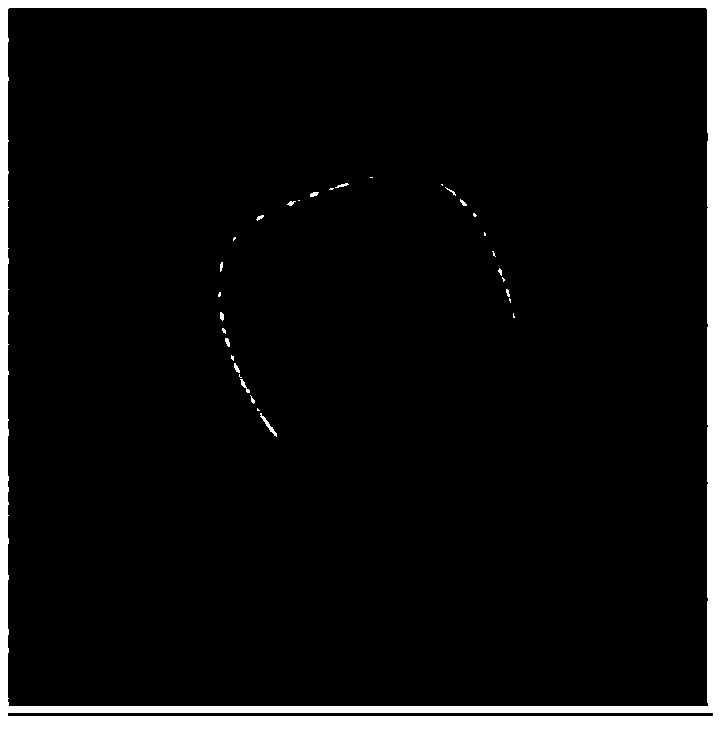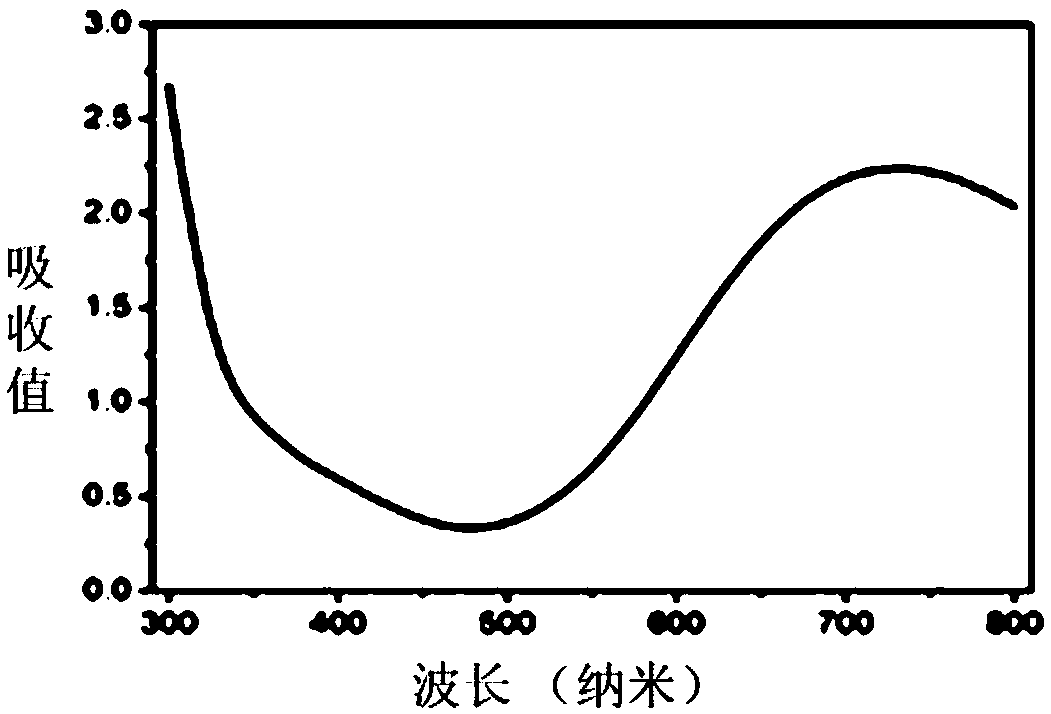A nanoparticle tumor diagnosis and treatment combined preparation and its preparation method and application
A nanoparticle and tumor diagnosis technology, which is applied in the field of tumor diagnosis and treatment preparations and biomedical materials, can solve the problems of poor targeting function, low drug loading, high immunogenicity, etc., and achieve extended half-life, good biological safety, and reduced Effects of Laser Energy
- Summary
- Abstract
- Description
- Claims
- Application Information
AI Technical Summary
Problems solved by technology
Method used
Image
Examples
Embodiment 1
[0039] The preparation process of the nanoparticle tumor diagnosis and treatment combination preparation of the present invention (diagnosis and treatment preparation of Prussian blue nanoparticles with high-efficiency adsorption of radioactive rare earth element lutetium) is as follows: figure 1 As shown, taking Prussian blue nanoparticles, radioactive rare earth element lutetium and platelet membrane as examples, the following steps are included:
[0040] (1) Preparation of citric acid-modified Prussian blue nanoparticles by hydrothermal method: heat and stir the citric acid solution of ferrous and ferric salts in a water bath, then cool to room temperature to obtain a dark blue liquid, which is centrifuged and cleaned and placed in the freezer Freeze-dried in a dryer into freeze-dried powder. The preparation process was adjusted so that the prepared nanoparticles had a particle size of about 100 nm, uniform size and good dispersion.
[0041] (2) Adsorption of radioactive l...
Embodiment 2
[0044] The characterization data of the nanoparticle tumor diagnosis and treatment combination preparation of the present invention (diagnosis and treatment preparation of Prussian blue nanoparticles that efficiently adsorb radioactive rare earth element lutetium) are as follows:
[0045] The peak of the absorption spectrum of the citric acid-modified Prussian blue nanoparticle solution prepared by hydrothermal method is about 700 nm, which is the characteristic absorption peak of the Prussian blue nanoparticle. The hydration radius is 95.72±3.44 nm, the surface potential is -27.86±0.90 mV, and the aqueous solution of Prussian blue nanoparticles is uniform and stable without any aggregation phenomenon. The shape and size of Prussian blue nanoparticles were observed by transmission electron microscope, and it was found that its shape was regular hexahedron, and the particle size was about 100 nm, as shown in the attached figure 2 shown.
[0046] Through the determination of t...
Embodiment 3
[0048] In vivo SPECT / CT imaging, specifically including the following steps:
[0049] (1) The selected tumor size is about 150 mm 3 Tumor-bearing nude mice (the tumor model is human colon cancer cell HT-29 model).
[0050] (2) Tail vein injection concentration is 10 mg mL -1 100 μL of Prussian blue nanoparticles that efficiently adsorb the radioactive rare earth element lutetium.
[0051] (3) SPECT / CT imaging of nanoparticles monitored by SPECT / CT in 24 hours.
[0052] The experimental results are attached Figure 5 As shown, after 24 hours of drug injection, SPECT / CT imaging light signals can be detected in the tumor site of nude mice. This indicates that the nanoparticles can be massively accumulated in the tumor site of nude mice, and the tumor site can be imaged by SPECT.
PUM
 Login to View More
Login to View More Abstract
Description
Claims
Application Information
 Login to View More
Login to View More - R&D
- Intellectual Property
- Life Sciences
- Materials
- Tech Scout
- Unparalleled Data Quality
- Higher Quality Content
- 60% Fewer Hallucinations
Browse by: Latest US Patents, China's latest patents, Technical Efficacy Thesaurus, Application Domain, Technology Topic, Popular Technical Reports.
© 2025 PatSnap. All rights reserved.Legal|Privacy policy|Modern Slavery Act Transparency Statement|Sitemap|About US| Contact US: help@patsnap.com



